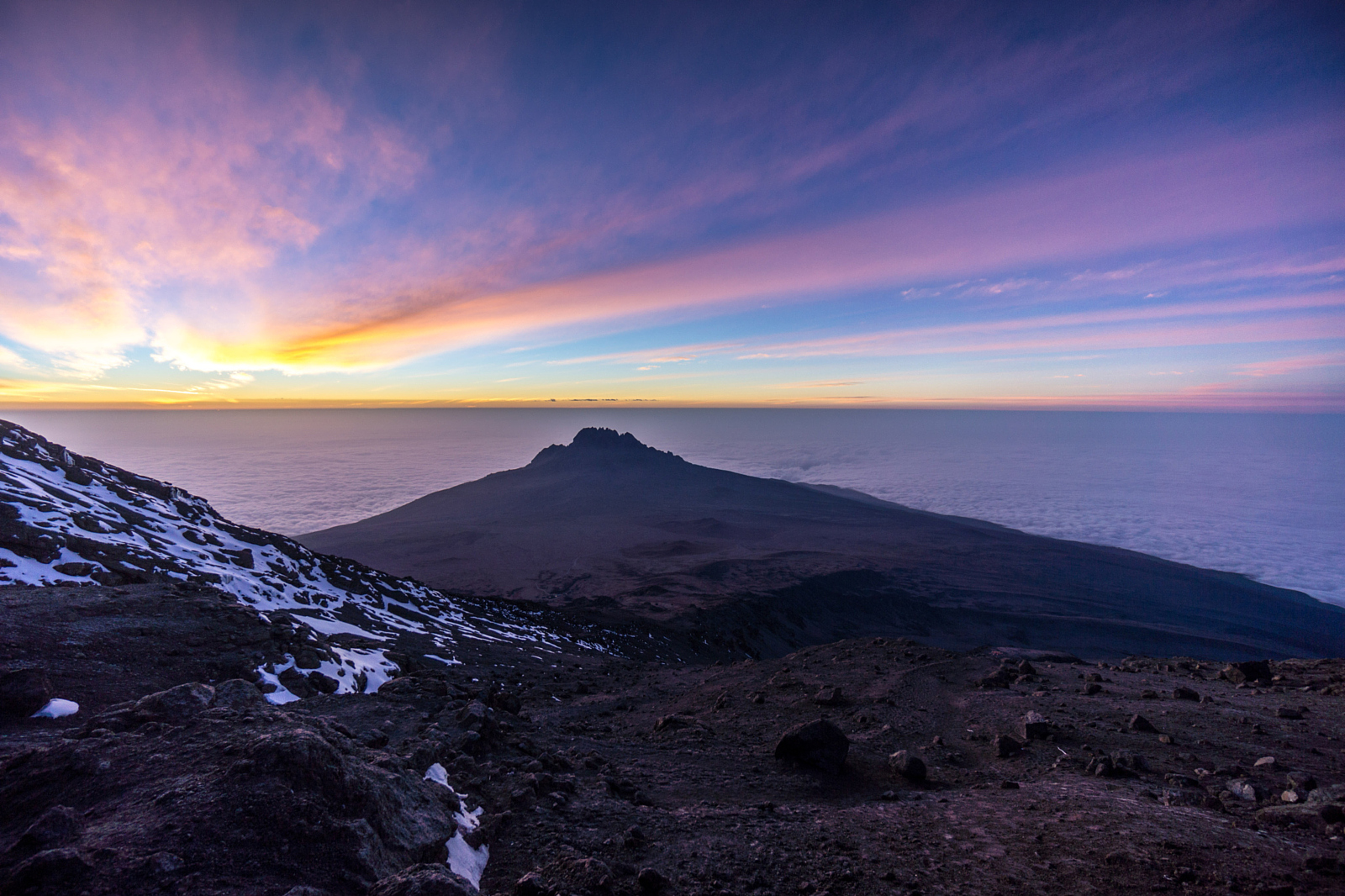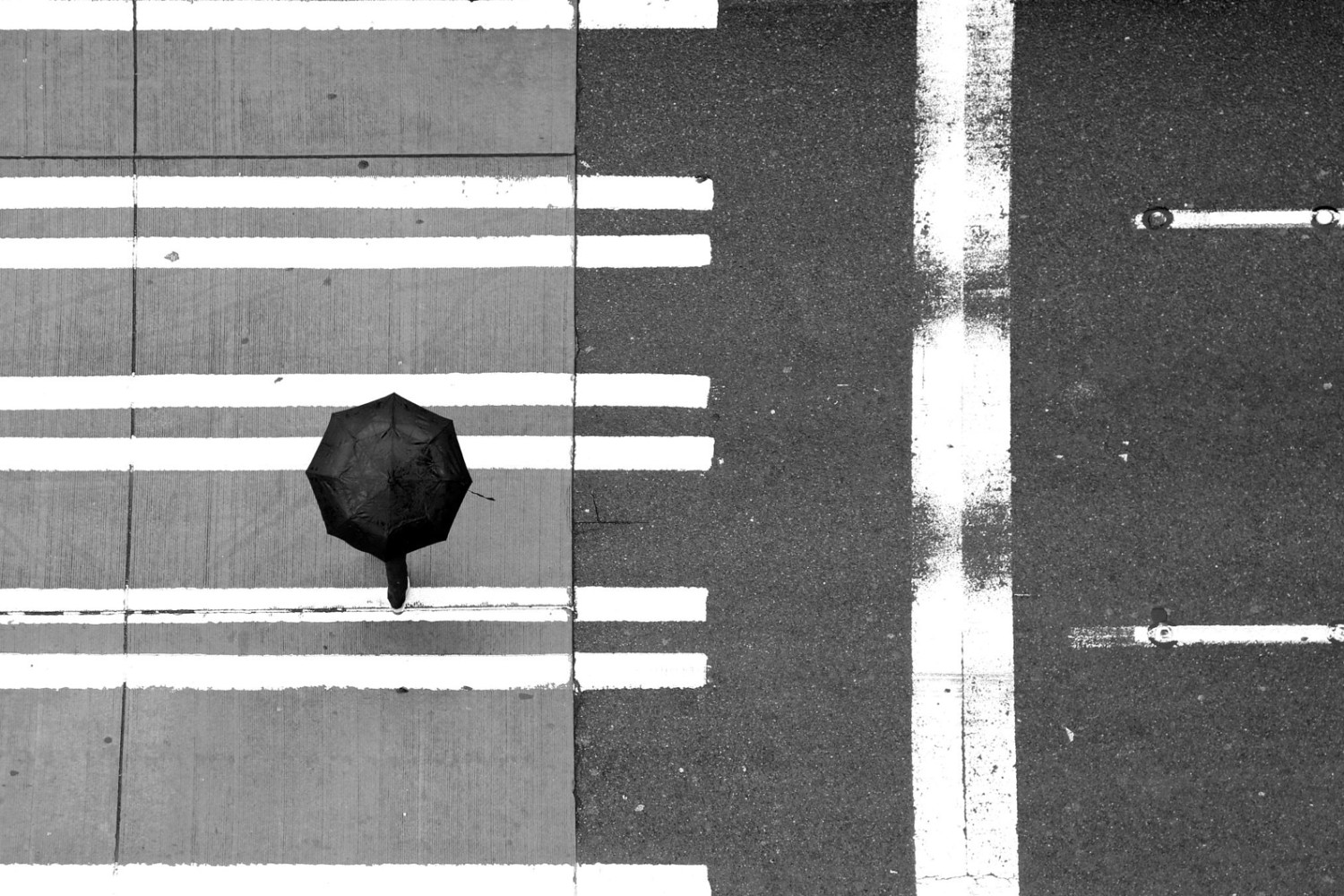Dror Bekerman is a landscape photographer hobbyist who loves to travel, explore new places, and take great photos. To see more of his work, pay him a visit at his 500px profile, website, and Facebook Page.
You can read the full story of his climb to the top of Kilimanjaro on his blog.
I love traveling, I love backpacking, and I love landscape photography, so when I booked my adventure to climb Mount Kilimanjaro I knew that it is going to be a great mix of all of the things I love best. A complete trifecta sort of thing 🙂
I did a lot of research in the months prior to setting off for the roof of Africa, my main focus being the photography aspects of the trip.
After all, climbing this mountain is a once-in-a-lifetime experience, so I wanted to really make the most of it and not find myself regretting things I could have done but didn’t, simply because I didn’t bring something along for the climb.
Electricity
I’ll get this out there right now, because this was the main concern I had when I started my research. Since I planned on taking plenty of photos along the way, the issue of charging my gear was a major concern.
Obviously there is no electricity on the mountain, at least not on the route I took (Machema route), so you’re going to need a few extra batteries for your cameras. I took 9 batteries for my Sony NEX-7, 9 batteries for my GoPro, and a 20,000 mAh powerbank. If you can get your hands on a good solar charger than would be a big plus.
Gear
This climb finally drove home, for me, the big advantage that Carbon has over aluminum when it comes to tripods. I had to leave my main Manfrotto tripod at the hotel because it weighed almost 4Kg, and it turned out that the porters on the mountain have a carrying load limit of 15kg total for the bag they carry for you.
Lucky enough, I had a smaller travel tripod that I took with me, and it was good enough to take photos during the climb.
Get Shooting
Along the climb, you’ll have plenty of shooting options, but some of them you’ll only know about after you’ve passed them. Don’t be afraid to go back if needed and take the shot you want. After all, this is the kind of adventure you only go on once, and there is no rush on the mountain.
Everything is “Pole Pole,” which means slowly, slowly, so you can easily go back if needed and get the shot you wish you had. I did exactly that when I noticed we passed a great viewpoint, so I asked the guys to stop for a few minutes, dropped my bag, ran back down, posed a little, and got a shot that I personally love very much.
Photo Credit: Yoel Shclaen
While climbing the mountain, you’ll pass through a number of different climates—from the rain forest at the bottom of the mountain, all the way to the snow at its peak. The scenery changes every day and you’ll always have something great to shoot. Just keep your imagination running and look for those special moments and compositions.
The Night Sky
Looking up to the sky at night was something I was really excited about. I live in the biggest city in Israel and I don’t get to see the night sky in a pitch black location with no light pollution, so I knew I was in for something very different than what I know—something i’ve only seen in pictures before.
Add the high altitude to the mix and when you get out of the tent after dinner and look up to the sky, you’ll see a sight that is simply out of this world… literally. Thousands of stars shining so bright it is simply breathtaking.
A full frame camera with a good lens for night photography would have been a big plus, but you can get pretty good shots even with a 4 year old Sony NEX-7, too 😉
There is more than enough time to shoot during the night, but keep in mind that you are still climbing a mountain, and a good night’s sleep is a big part of that. Staying up all night isn’t really recommended.
I captured some star trails and planned to leave my camera out for a couple of hours while I slept, but I was just too worried something might happen to it, so I packed it up after 45 minutes hoping it would be enough to get something interesting. I hope you like the outcome as much as I do.
Climbing mount Kilimanjaro is hard, but it is doable and the proof is that thousands of people do it every year from all age groups. I made it to the summit along with a 69-year-old guy that made it look like it was just a walk in the park.
If I made it, chances are you can do it too. It is more difficult mentally than physically, and that really comes to life during the night climb to the summit, which starts at midnight with the hopes of making it to the peak by sunrise 7 hours later.
It is a hard, very long night, but once you make it to the top it is well-worth it. Especially if you’re being greeted by a beautiful sunrise 🙂















Leave a reply